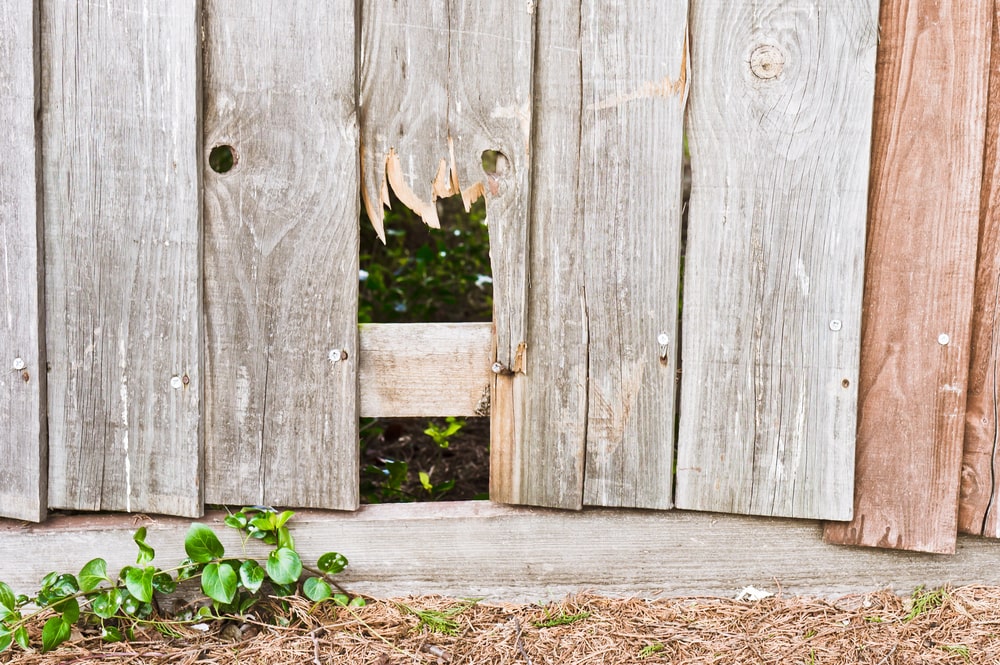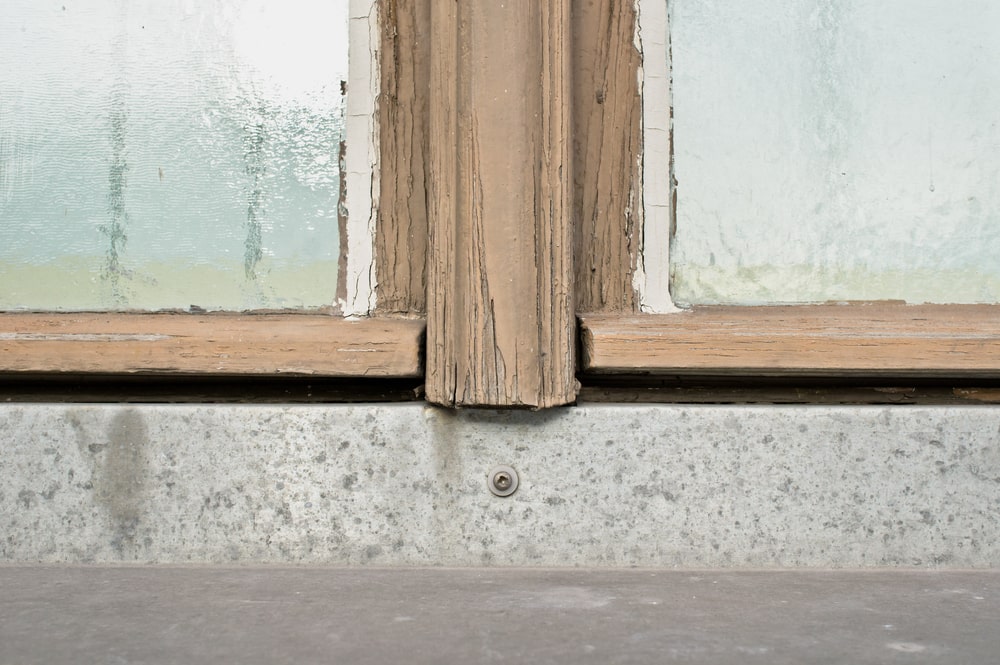Renting out a property comes with various responsibilities and a lot of things that homeowners need to be mindful of. Many homeowners want to know, “What is normal wear and tear in a vacation rental and how it differs from damages due to negligence?” The boundaries between the two can often be blurry, however, we want to try and explain what is normal wear and tear here in this article.
Today we will talk about what is normal wear and tear in a vacation rental and how you can address the required maintenance before it negatively impacts the value of your property. Without further ado, let’s begin.
What is normal wear and tear?
Real estate, like any other material possession, face damage due to regular use. There is nothing that vacation rental guests can do to completely eliminate normal wear and tear, since all things break down over time with use.
We observe the same phenomenon in every material thing around us outside of real estate. No matter how expensive your shoes are or the tires on your car are, they will all eventually wear down. You can delay replacing items for months or even years, but the eventual damage and replacement of items is inevitable. The same goes for items within your vacation rental property.
The list of items within your property that have to be replaced from normal wear and tear is many. Carpets get worn over time from use, paint has to be refreshed due to wall markings, appliances break down and need either serving or replacement. A good property manager such as Haustay gets your property running like a well-oiled machine, so when problems arise due to wear and tear, they are immediately addressed.

Common examples of normal wear and tear
To understand the most common results of wear and tear on a property, we need to look at the things we use the most. Your carpet, for example, would be used almost every day. People will walk on it, things might spill on it, and kids will play on it. As a result of all these activities, there will surely be some wear and tear on the carpet. When you look at it once a guest departs, you will see changes in its color, texture, and possibly some fray ends. It is a good example of what normal wear and tear look like.
Another place where we can easily observe normal wear and tear is the walls. As a result of staying in a vacation rental for a long time, the walls start to age. Eventually, there are patches where the paint might chip off. There can also be scuffs and marks on the walls, especially in rooms that are frequently used. It is most easily noticeable on the living room and kitchen walls.
Blinds fade over time as a result of normal wear and tear. If the sun shines bright on your property, it will eventually lead to some bleeding of colors and fading. Your shades will not look the same after a few years, even if the tenants take good care of them.
We hope the above examples will give you an idea of what normal wear and tear in a rental property look like.
What normal wear and tear does not look like
It can be difficult to tell the difference between normal wear and tear and damage due to negligence at times. It is mainly because the extent of damage can often be ambiguous. If you see a tear in your shades or see door hinges loosening or coming off, it can be difficult to determine its nature. It can be both normal wear and tear or the result of negligence.
However, not all damages are as confusing. Sometimes, you can easily tell the difference between normal wear and tear and intentional negligence. One of the best examples is in the door hinges. Door hinges do loosen over time. However, rough use of the doors is evident in more than one way. If the door hinge is almost coming off or there are deep marks on the door frame, it is likely to be a result of negligence.
Let’s discuss some more common examples of property damage due to negligence:
- Any kind of burn or burn mark classifies as property damage. Even if the fire was accidental, it falls under negligence. If you see burn marks on the carpet, walls, kitchen fixtures, etc., you can be sure that it is property damage and not normal wear and tear.
- Anything that is broken classifies as property damage. It can be anything from a wall tile to an entire door. If something is visibly broken and not just chipped, it is a sign of property damage.
- If there are prominent holes or dents on the windows, doors, etc., it is property damage and not normal and tear. These holes or dents, however, must not be minor in order to classify them as property damage.
- Anything that is missing from the property is property damage. There is no gray area in this assertion. If you do not find everything that you left after the tenant’s period of stay, it is undoubtedly property damage. It can be something small like shades or something big like kitchen appliances. Both cases qualify for property damage.
- Visible damage on walls is also property damage. In most cases, you can easily tell the difference between intentionally applying force on a wall and accidental impacts. While the latter falls under normal wear and tear, the former is property damage.
By now, we hope you have a general idea of what the differences between property damage and normal wear and tear are. However, not everything falls under this clear binary. Sometimes, you might find yourself scratching your head over damages trying to understand whether it’s a result of negligence or normal use.
Before we go into why this issue is so relevant for homeowners, we must give a few guidelines on how to differentiate between the more ambiguous cases. Once you know the basics of normal wear and tear vs property damage, you will have a much easier time differentiating between the two.
Extent and intensity of damage
Sometimes, the same type of damage can be classified as either normal or due to negligence. While determining any damage or wear and tear, it is important to understand the extent of the damage first. For small, negligible damages, it is often better to assume it to be normal wear and tear. For example, if there’s a small scratch on a wooden plank (caused perhaps by some sharp object), it can be easily categorized as normal wear and tear. However, when the same scratches are all over the floor, it is no longer normal wear and tears.
As you can see, the extent of the damage plays a rather important role in determining whether its property damage or normal wear and tear. However, it is not always the right parameter to judge damages to property.
For example, if you find clear lighter/burner holes on curtains, it is definitely property damage. It doesn’t even matter if the holes are 1 mm wide or 10 mm wide. There is no fixed radius for a burn hole to be able to qualify as property damage.
If you are still not sure about the damage, it is essential to take into account the intensity of the damage. If something will cost you hundreds of dollars to fix, it is not likely to be a result of normal wear and tear. Bathroom and kitchen fixtures, for example, can be costly to repair or replace. In most cases, these damages fall under property damage.
Why homeowners must know the difference between normal wear and tear and property damage
As we said at the beginning, renting out a property comes with many responsibilities and liabilities. One of the most obvious ones among them is maintenance. Your tenant does not own the house, and would not mind maintenance. Neither is it the responsibility of the tenants to maintain the property. When homeowners have a good idea about the nature of normal wear and tear, they can plan for it much better.
Another reason homeowners must know the difference between the two is to settle disputes. Under the laws of all jurisdictions, homeowners cannot charge anything to the tenant for normal wear and tear. On the other hand, it is perfectly legal to charge for property damages. If you do not know what falls under property damage and what does not, it can be a problem. It may lead to a lot of animosity and confusion while settling the dispute.
Apart from knowing the basics of normal wear and tear, homeowners must also have an idea about the most common property damages. Having that knowledge will enable them to better equip the house before the tenants move in. The overall process will be much smoother for both the homeowner and the tenant.
Now that we have talked about property damage and normal wear and tear, it’s time to look into preventive measures. In the end, taking preventive steps is favorable for both the homeowner and the tenant.

How to minimize normal wear and tear
As we already said, normal wear and tear are inevitable. You cannot prevent it, no matter how much money you are willing to spend. However, what you can do is prevent the extent of normal wear and tear.
The steps begin before the tenants move in. In the first step, you should examine the entire property for anything that can fall off, break, chip off, and so on. It includes everything from tiles, grout lines, wall paint, door hinges, window shades, and anything else you can think of.
Your goal is not to renovate or replace everything. Instead, you should look at everything that has the possibility of being damaged in the course of the tenants’ stay. However, you must replace particularly susceptible items.
It is also important to communicate the details of your findings with the tenant. If you realize that the bathroom tiles can come off but do not need an immediate replacement, it is essential to let the tenants know about them. It will prevent further miscommunication and keep everyone safe at the same time.
Regular checkups of the property and routine maintenance are the only two ways to minimize the impact of normal wear and tear. There are no shortcuts to this step, and neither should you look for one. It is crucial to do these simple things with discipline to maintain the beauty and worth of your property.
Assessing property damage and normal wear and tear – tips and tricks
Here’s a tip for all homeowners who rent out their property – take photos before the tenants move in. It is not just evidence in case the matter goes to the courts. It is also a marker against which you can understand the extent of normal wear and tear.
Another tip is to use durable material in your rental property. Carpets, for example, are not the most durable flooring options. Luxury Vinyl Tiles (LVT), on the other hand, can be very durable if you pick the right options. The stronger and more durable your construction material is, the less you end up spending on routine checking and maintenance.
Our last advice is to communicate openly with the tenant in case there is a dispute. In most cases, you can settle the dispute without involving the authorities. Taking things to the courts should be the last resort, not the first choice.
If You Have Questions About Wear And Tear In Your Vacation Rental Contact Us Today
To sum up, we explained the difference between normal wear and tear and property damage. In a nutshell, we can say that every damage that is a natural consequence of people living on a property falls under normal and tear. On the other hand, any damage that shows negligence in handling/maintenance or is a result of accidents is property damage. In some cases, both types of damages might overlap.
When it comes to minimizing normal wear and tear, the only things homeowners can do are routine inspection and maintenance. Doing so with discipline will minimize the impact of the wear and tear and also save you money in the long run. Work with vacation rental property managers at Haustay today!













